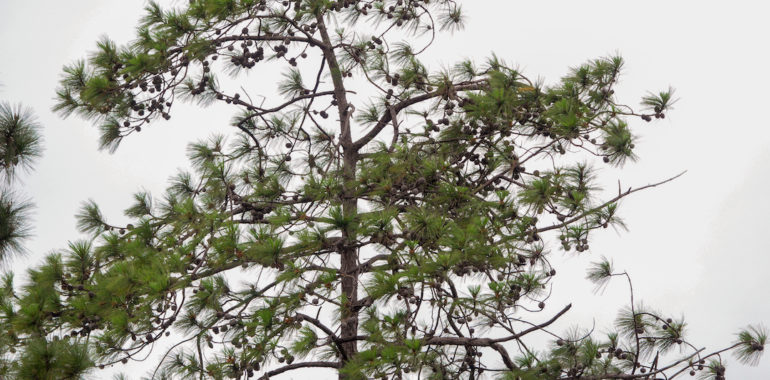It is popular knowledge that the name of Guatemala comes from the Nahuatl Quauhtemallan, which means “place of forests or many trees”, so we can deduce that this country is an area in which the forest represents the majority of the areas, however , the nation that bears the forest in its name has been losing its forest cover over the years, it is estimated that in the last 20 years 22.3% of it has been lost.
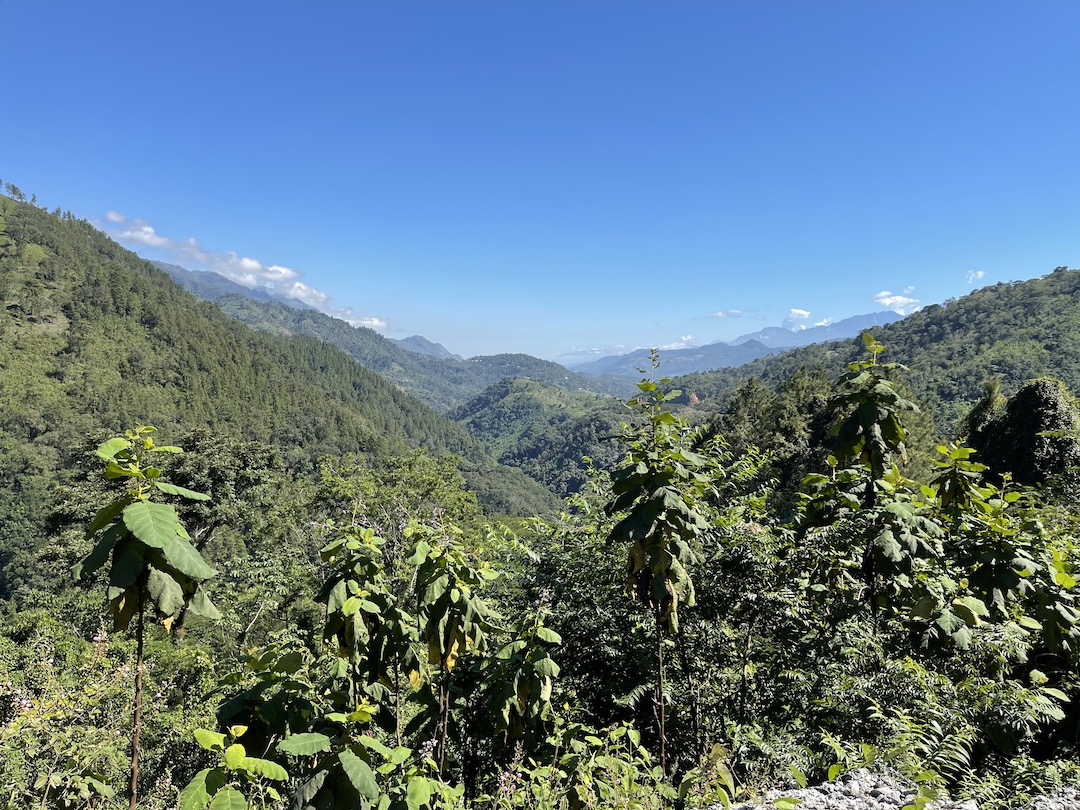 Senahú Alta Verapaz landscape Photo by Nicholas Hellmuth Dec-24-2020
Senahú Alta Verapaz landscape Photo by Nicholas Hellmuth Dec-24-2020
The drama of deforestation in Guatemala is even worse if you go back a few years. In 1986, its forest cover was 55%, that is, almost more than half of the territory was covered with forest. Today, more than 35 years later, forest cover is 33%, which is why Guatemala has lost almost half of its green areas in that period (Castro-Sáenz, 2021).
The causes of deforestation and forest degradation in Guatemala are very varied, reflected in the approximate annual loss of 132,137 hectares of forest in the national territory (Pineda-Melgar, 2021). Among the causes are cattle ranching, agricultural expansion mainly of monocultures, the exploitation of wood, the increase in urbanization and of course the ungovernability of the state.
To recover forest cover, reforestation is used as a strategy, for Molina-Pereira (2019) reforestation refers to the set of activities that includes the planning, operation, control, and supervision of all the processes involved in tree planting. Because the reforestation process is important, it must be done with species that are native or that adapt to the area to be reforested, the planting of exotic species that can harm the balance of ecosystems and cause irreparable damage should be avoided.
For this reason, if on this Earth Day, you want to contribute to the reforestation of an area with forest potential, FLAAR-Mesoamerica presents some species with which you can reforest in Guatemala.
Pine: this is the most used tree for reforestation; however, the species must always be considered to see if it adapts to the conditions of the place.
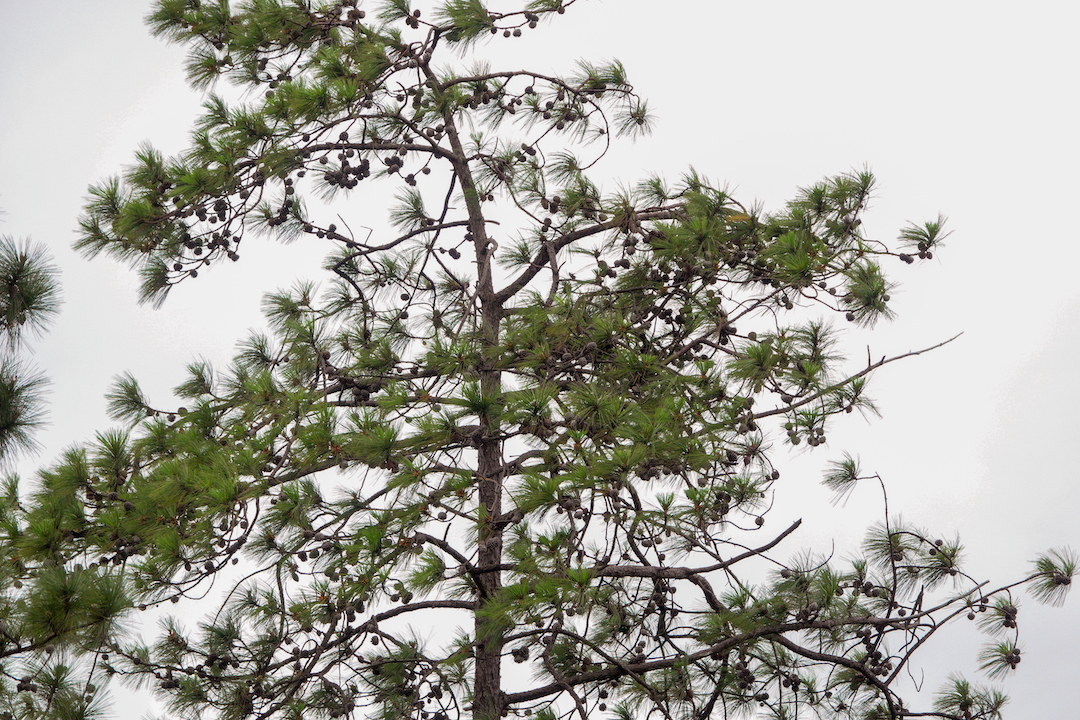
Pinus caribaea found on the road to Jalapa Photo By Victor Mendoza, Dec-23-2021
Cypress (Cupressus lusitanica): It is recommended for the central, western, and northern regions of the country.
Palo Blanco (Tabebuia donnell-smithii): Recommended for warm and humid temperatures.
Matilisguate (Tabebuia rosea): it adapts in general to most of the climatic conditions of Guatemala but prefers temperatures between 22 and 30 ºC.
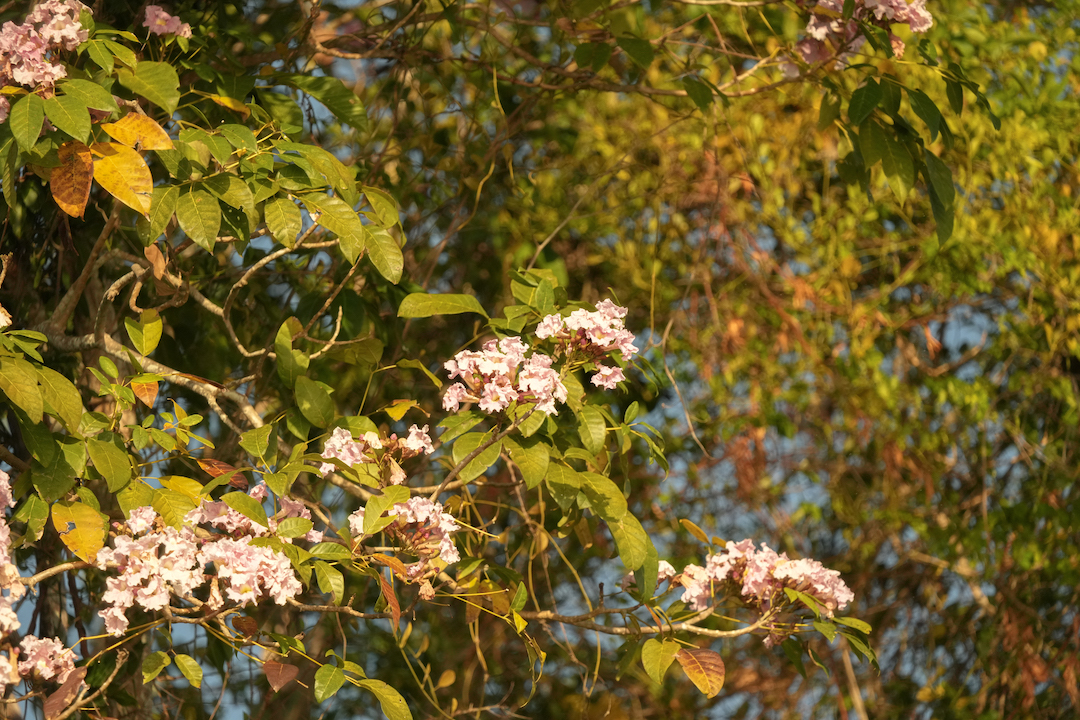
Tabebuia rosea Photo by David Arrivillaga at Rio San Pedro, Camera Sony A1 600mm 435pm, Feb-27-2023
Mahogany (Swietenia macrophylla): Native to the Petén region.
Cedro (Cedrela odorata): Found mainly in Petén and found on the Pacific coast.
Conacaste (Enteronlabium cyclocarpum): it is from the seasonally dry areas of the Pacific slope of Central America; Although they are really remnants of the original dry forest, it is a tree and shrub species.
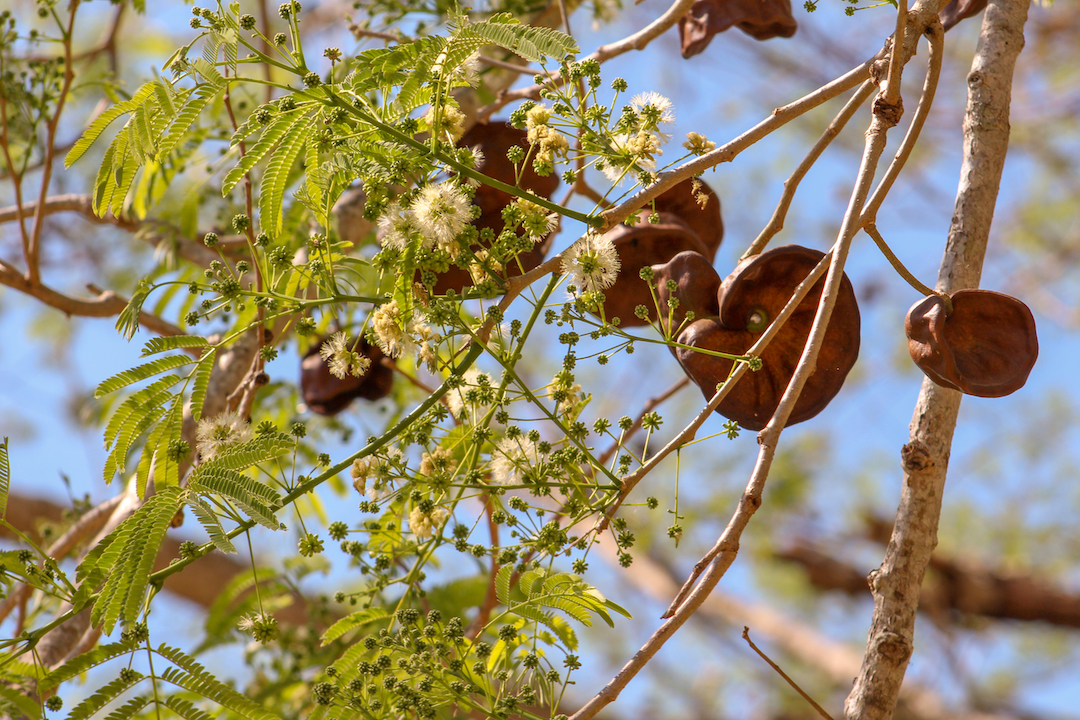
Enterolobium cyclocarpum By Melany Quiñonez at Finca La Compacion los esclavos Santa Rosa 2015
White Laurel (Cordia alliodora): develops in hot and humid climates.
These are just some of the species that can be used for reforestation in Guatemala. Let’s remember that balance in forests is important, so maintaining the diversity of ecosystems is a priority.
FLAAR-Mesoamerica wishes our readers a Happy Earth Day, and we hope that our outreach work contributes to actions to return spring to the land of eternal spring.
Bibliography
- 2021
- Guatemala perdió en los últimos 20 años casi una cuarta parte de sus bosques.Recuperado de Internet en.www.swissinfo.ch/spa/guatemala-medioambiente–cr%C3%B3nica-_guatemala-perdi%C3%B3-en-los-%C3%BAltimos-20-a%C3%B1os-casi-una-cuarta-parte-de-sus-bosques/46346228
- 2021
- Factores responsables de la deforestación en Guatemala. www.engormix.com/ganaderia-carne/articulos/factores-responsables-deforestacion-guatemala-t45497.htm
- 2019
- La Reforestación como Estrategia Ambiental para la Conservación de ríos y quebradas. Revista Scientific, vol. 4, núm. 13, pp. 182-199. https://www.redalyc.org/journal/5636/563659492010/html/#:~:text=La%20reforestaci%C3%B3n%20hace%20relaci%C3%B3n%20a,16).

